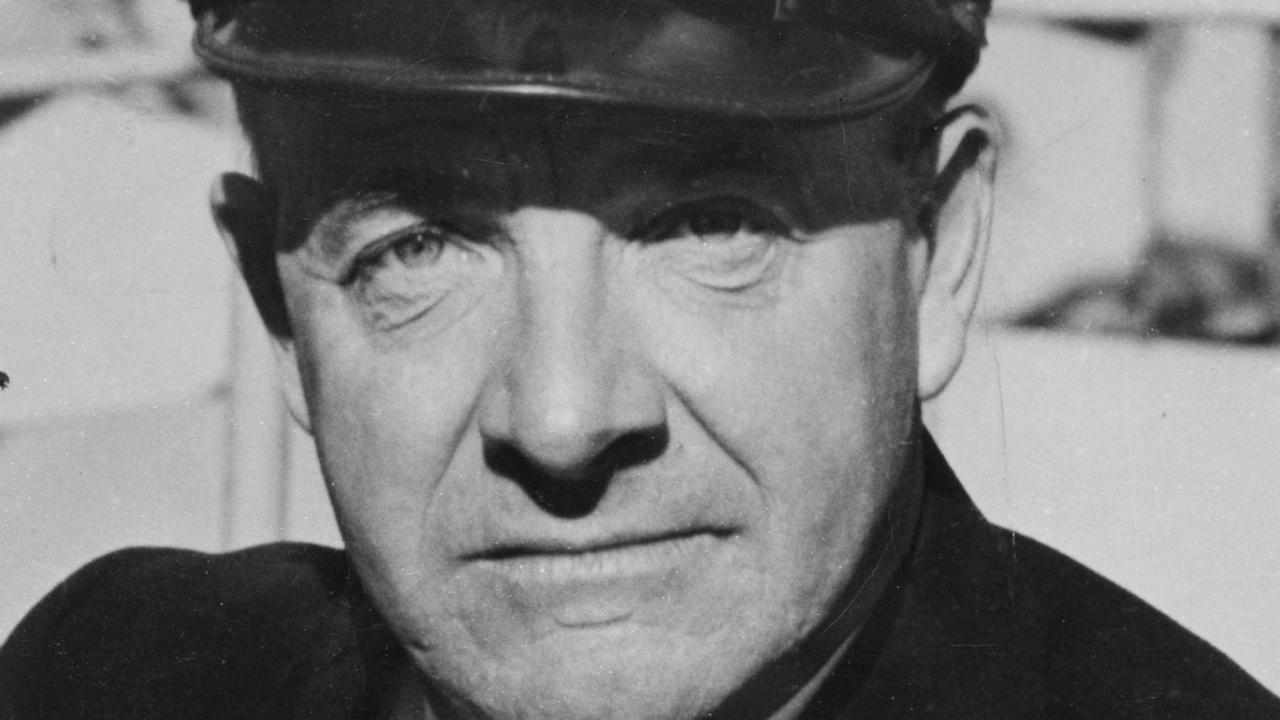How uni dropout Bill Boeing turned a timber business into aircraft empire
IN 15 years, Bill Boeing had quit making cabinets to command an air service flying planes, a business he established in a boat house near Seattle in Washington state 100 years ago today.

Today in History
Don't miss out on the headlines from Today in History. Followed categories will be added to My News.
IN 15 years, Bill Boeing had quit making cabinets and dressers to command a coast-to-coast air service flying planes engineered in United Aircraft and Transport Corp (UATC) factories.
But after contract cancellations, engineering hurdles and the Great Depression, Boeing was grounded in six hours on February 6, 1934.
Seven months later Boeing, then 53, walked away from the business he established in a boat house on the Duwamish River near Seattle in Washington state on the US west coast on July 15, 1916.
A century later, the Boeing Company is the world’s leading aerospace corporation, employing 171,700 people, with revenues in 2014 of $US90 billion.
Boeing, eldest son of a German-born engineer who made his fortune mining taconite on Lake Superior, was born in Detroit, Michigan, on October 1, 1881. His father died in 1889, when Boeing was sent to school in Switzerland, and later to a Boston prep school.
In 1900 he enrolled in engineering at Yale University, dropping out in 1903 because “the time was ripe to acquire timber” to satisfy an American building boom. Despite being unfamiliar with the US west coast, he caught a steamer to Hoquiam, on Greys Harbour in Washington, where he started a timber company.

Using the new Panama Canal, Boeing shipped timber to the US east coast to finance experiments with boat building and his fascination with flight, after seeing a manned flying-machine at the Alaska-Yukon-Pacific Exposition in 1909.
Boeing attended America’s first International Air Meet at Dominguez Hills in southern California in 1910, where he unsuccessfully asked several pilots for a joy ride. French aviator Louis Paulhan eventually agreed, but said Boeing would have to wait. Four days later, Boeing found out Paulhan had already left California.
Boeing finally took to the air in July 1914, joining his friend and naval engineer George Westervelt for joy rides on visiting aviator Terah Maroney’s Curtiss floatplane.
After lessons with Glenn Martin in Los Angeles, Boeing bought one of Martin’s TA hydro-aeroplanes and assembled a tent hangar. Replacement parts would not be available for months, Boeing told Westervelt, “We could build a better plane ourselves and build it faster.” Westervelt agreed and their first B&W Seaplane, an amphibian biplane, took off in June 1916.
Boeing incorporated Pacific Aero Products Co for $100,000 on July 15. Westervelt was transferred to the east coast, but advised Boeing to apply for government contracts to supply Naval seaplanes. Securing a contract, Boeing then negotiated to build a wind tunnel for the University of Washington, if it established an aeronautical engineering course.

Boeing relaunched as the Boeing Airplane Company on May 9, 1917, with a contract to supply 50 Model Cs to the US Navy for World War I. The end of the war, a lack of government contracts crippled Boeing’s fledgling business, which turned to making countertops, phonograph cases and Sea Sled flat-bottomed boats.
Army pilot Eddie Hubbard approached Boeing about an international air mail route between Seattle and British Columbia, starting a trial on March 3, 1919. Boeing, who married Bertha Paschall in 1921, left the contract to concentrate on repairing military aircraft and designing and building fighter planes.
He returned to air mail delivery in 1927, with a US Post Office contract from San Francisco to Chicago. Boeing Air Transport delivered about 1300 tons of mail and carried 6000 passengers, served by nurses recruited as the first airline stewardesses, in its first year.
Boeing then acquired Pacific Air Transport, merged with Boeing companies as United Aircraft and Transport Corporation in 1929. Later acquisitions included engine manufacturer Pratt and Whitney.
Boeing was named in the US Air Mail scandal in 1934. Boeing was among top airline executives at a so-called “Spoils Conference” with Postmaster General Walter Folger Brown that secured 1930 US Air Mail Act contracts. The airlines were accused of dividing mail routes among themselves to exclude smaller companies.
The Roosevelt administration cancelled contracts and ordered an ill-prepared US Air Corps to take over deliveries from February 19, leading to the deaths of 13 pilots within months.
Washington Senator Homer Bone accused Boeing of making 68 per cent profit on navy business and 90 per cent from army business.
Forced to split up his business, Boeing quit in September 1934. He turned to racehorse breeding and property development, subdividing land for new suburbs north of Seattle.
Boeing died in 1956.
Originally published as How uni dropout Bill Boeing turned a timber business into aircraft empire


